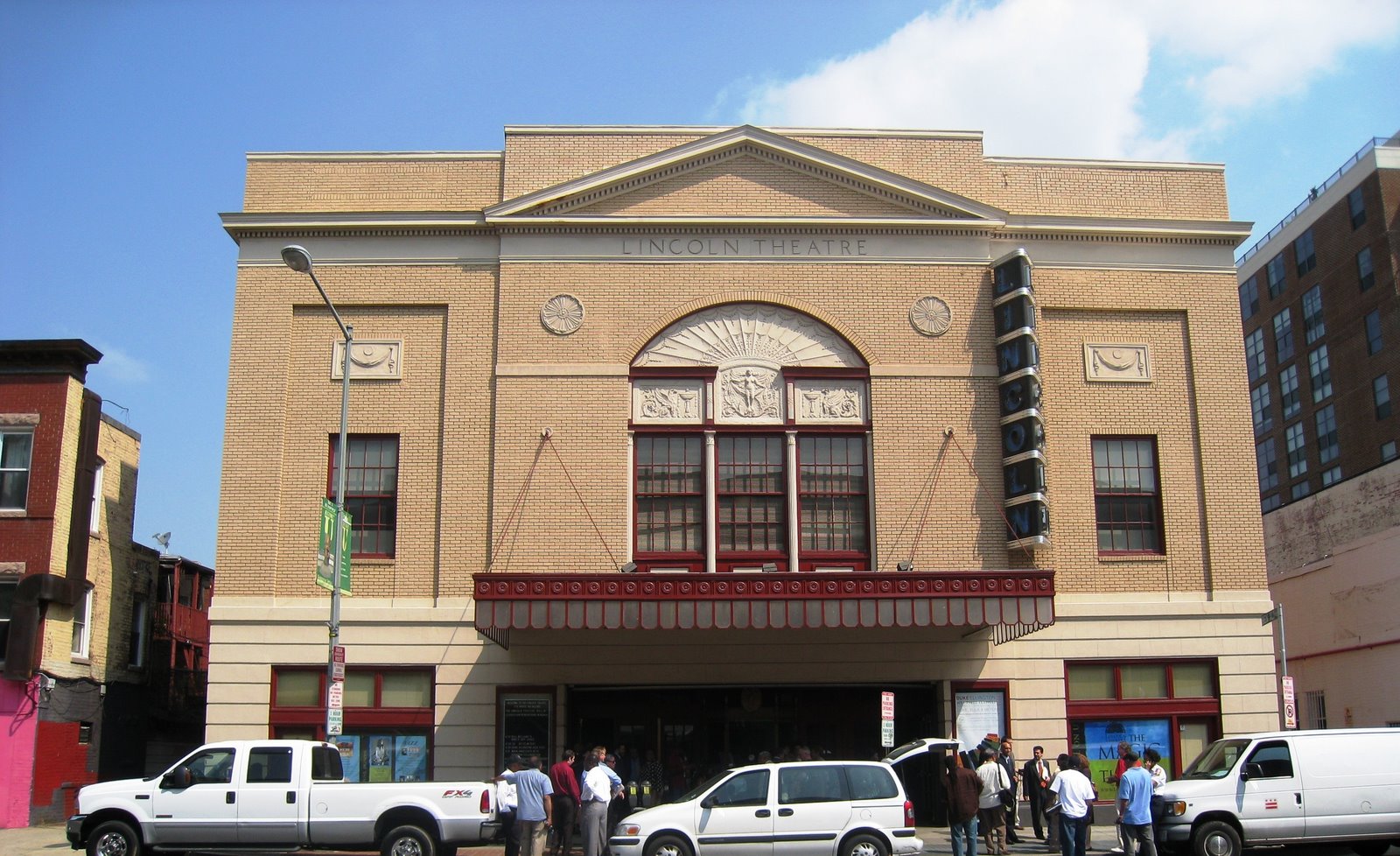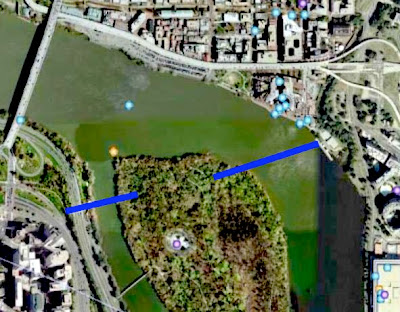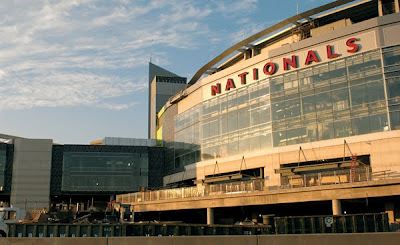 Tomorrow, the Montgomery County Planning Board will hold a hearing on a proposal to tear down the former site of the National Association of the Deaf (NAD) in Silver Spring and construct in its place a modernist five-story condominium building.
Tomorrow, the Montgomery County Planning Board will hold a hearing on a proposal to tear down the former site of the National Association of the Deaf (NAD) in Silver Spring and construct in its place a modernist five-story condominium building.The plan calls for a 52-unit residence at 814 Thayer Avenue, between Fenton and Grove Streets,
 a five-story building with shifting floorplates to create overlapping residences (see above rendering). The new condos, replacing the NAD building and adjacent parking lot, would include 45 market-rate residences and seven Moderately Priced Dwelling Units. In building residences, the project will address concerns of the Silver Spring Central Business District Sector Plan, which notes that currently the "disjointed pattern of commercial activity and the lack of a residential population [in Fenton Village] dilute pedestrian traffic - a key component of retail activity."
a five-story building with shifting floorplates to create overlapping residences (see above rendering). The new condos, replacing the NAD building and adjacent parking lot, would include 45 market-rate residences and seven Moderately Priced Dwelling Units. In building residences, the project will address concerns of the Silver Spring Central Business District Sector Plan, which notes that currently the "disjointed pattern of commercial activity and the lack of a residential population [in Fenton Village] dilute pedestrian traffic - a key component of retail activity."Because of regulations mandating that 20 percent of the project's area be developed as public-use space, the proposed condos would be set back 17 feet from Thayer Avenue, allowing for a 4,2620-s.f. public plaza, with plans for trees and other greenery, game tables, and two county-mandated art projects
Since its last reviewed submission in November, planners have consulted with an artist and can now provide more details about one of the proposed - well, mandated - displays, designed in honor of the NAD (now half a mile away, on Fenton Street): "Down-lit glass columns separate the work into panels of inspirational quotes to add color and vibrancy. The free-standing piece on the northeast side of the plaza will be a historic teletype machine...A glass piece of 'paper' will serve as an artistic intervention and show how Braille text was created by the machine."
814 Thayer LLC purchased the $4-million property, which currently houses an office building, in May 2006, and its development plan was first reviewed by the Montgomery County Planning Board in November 2007. The original NAD building dates back to 1965, and was purchased by the Association in 1971 for $640,000.
UPDATE: This project is a joint venture between owner/developer Banneker Ventures and co-developer Four Points, LLC. Banneker projects the project will break ground in fall of 2008 and complete construction the following year.































